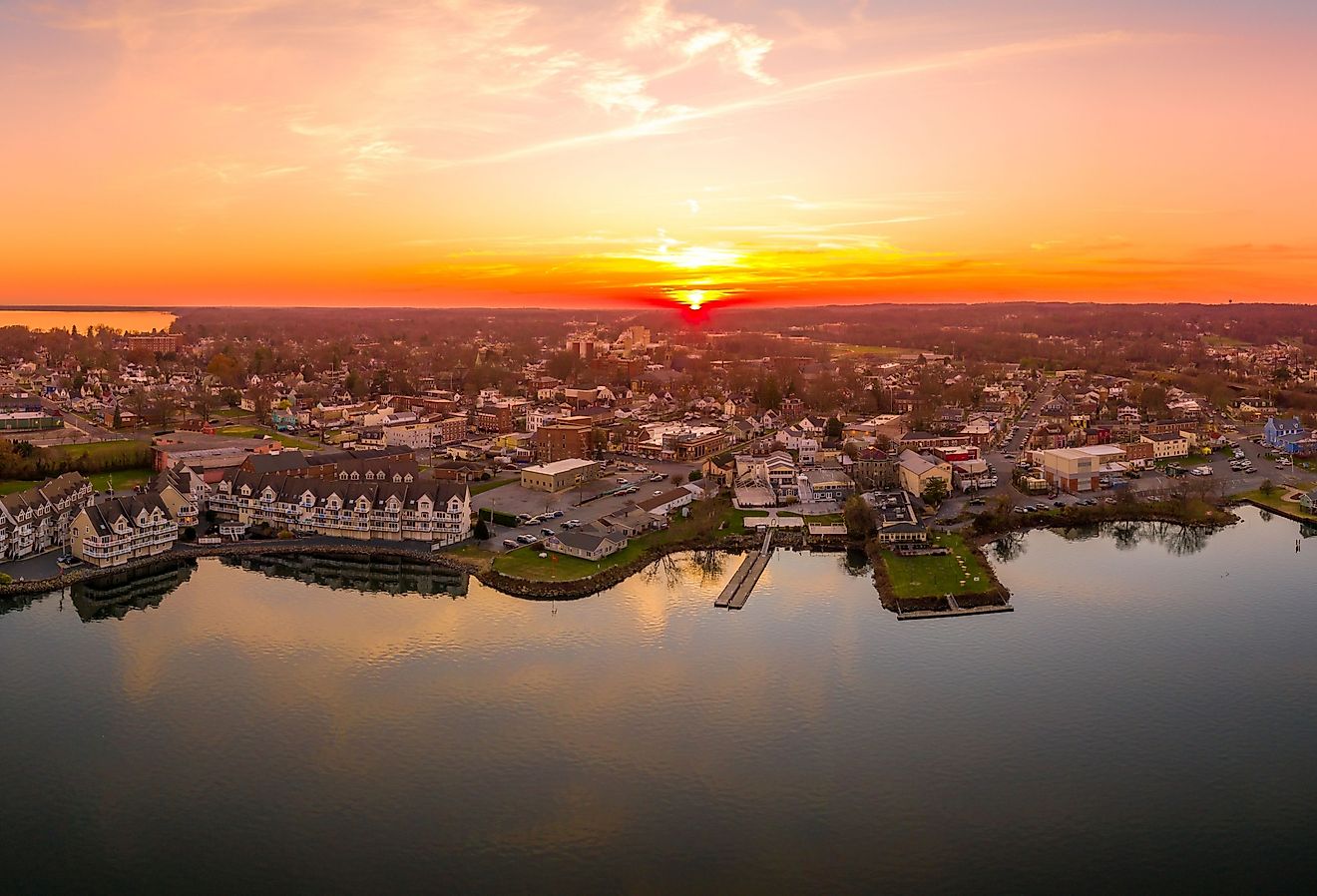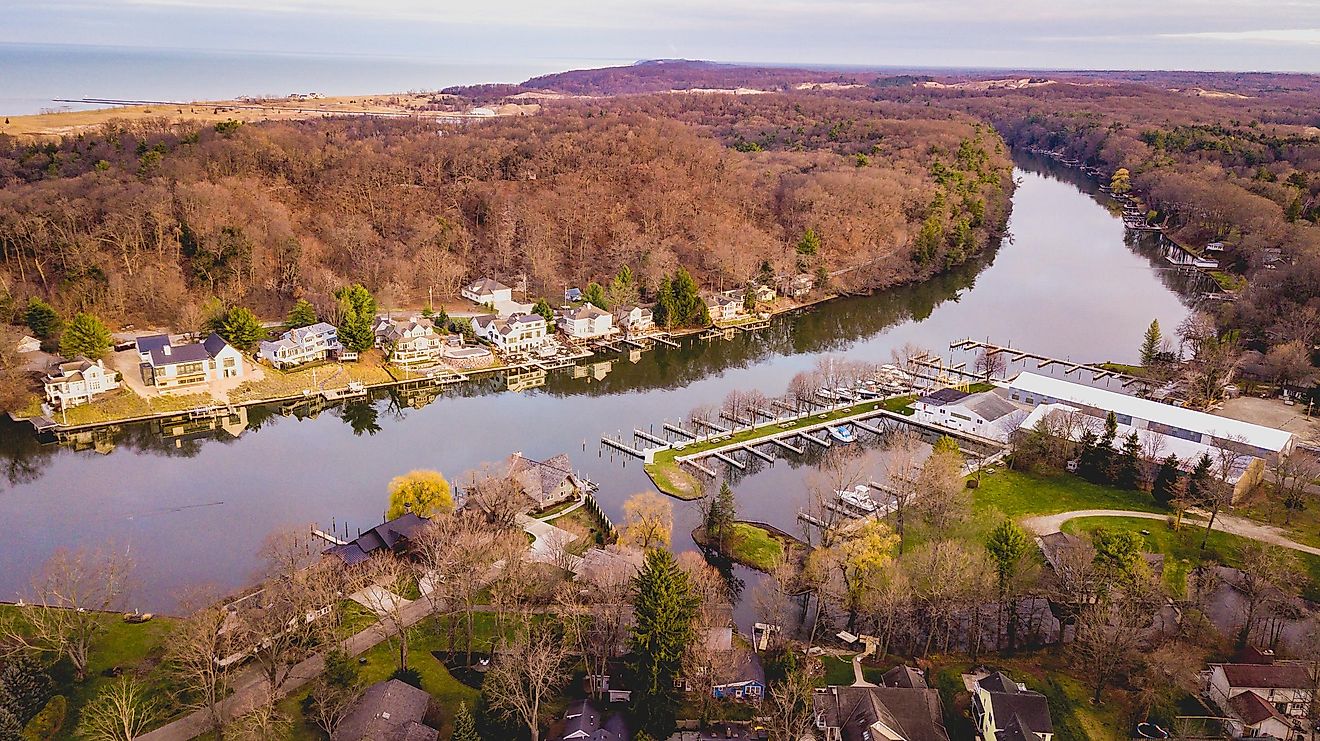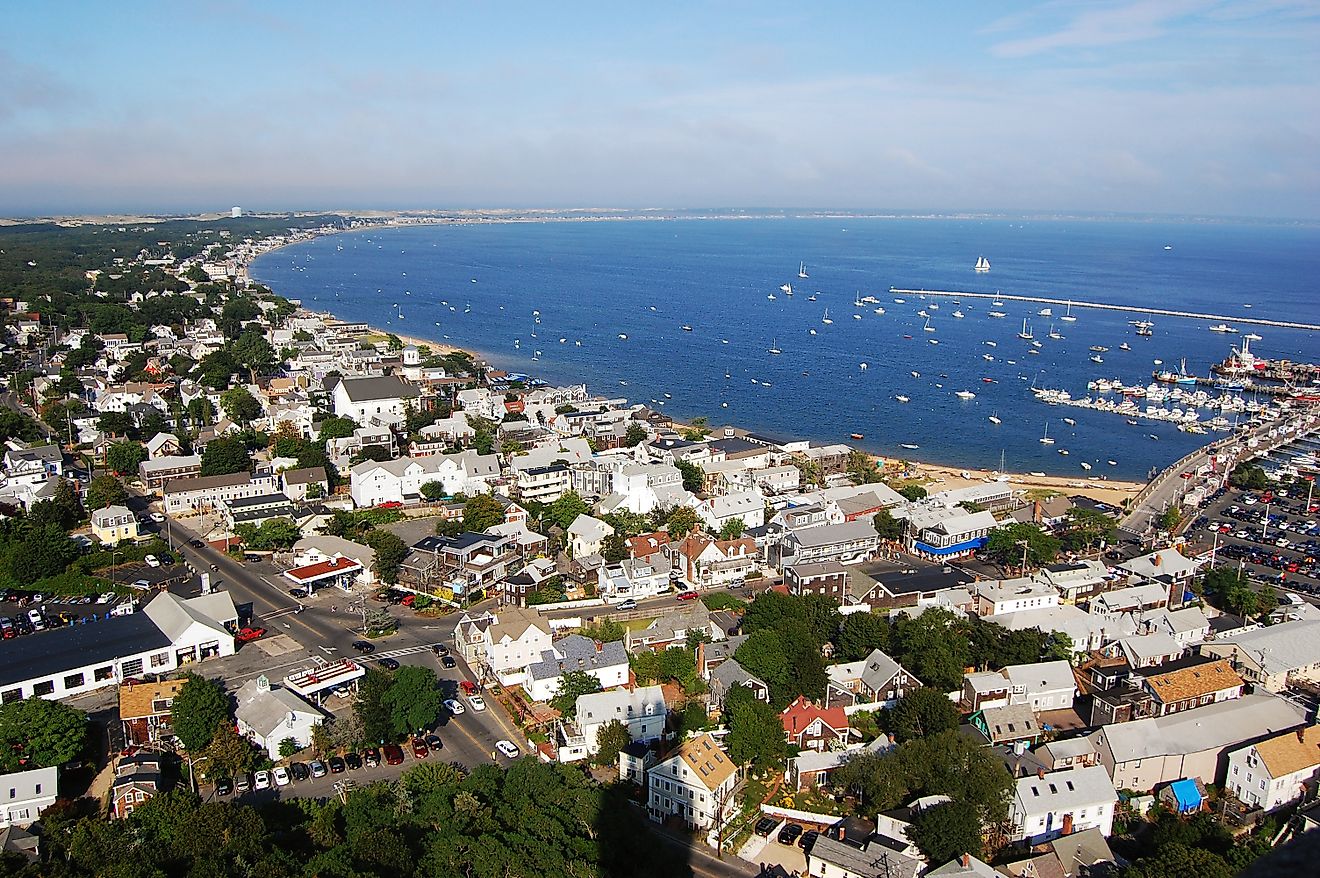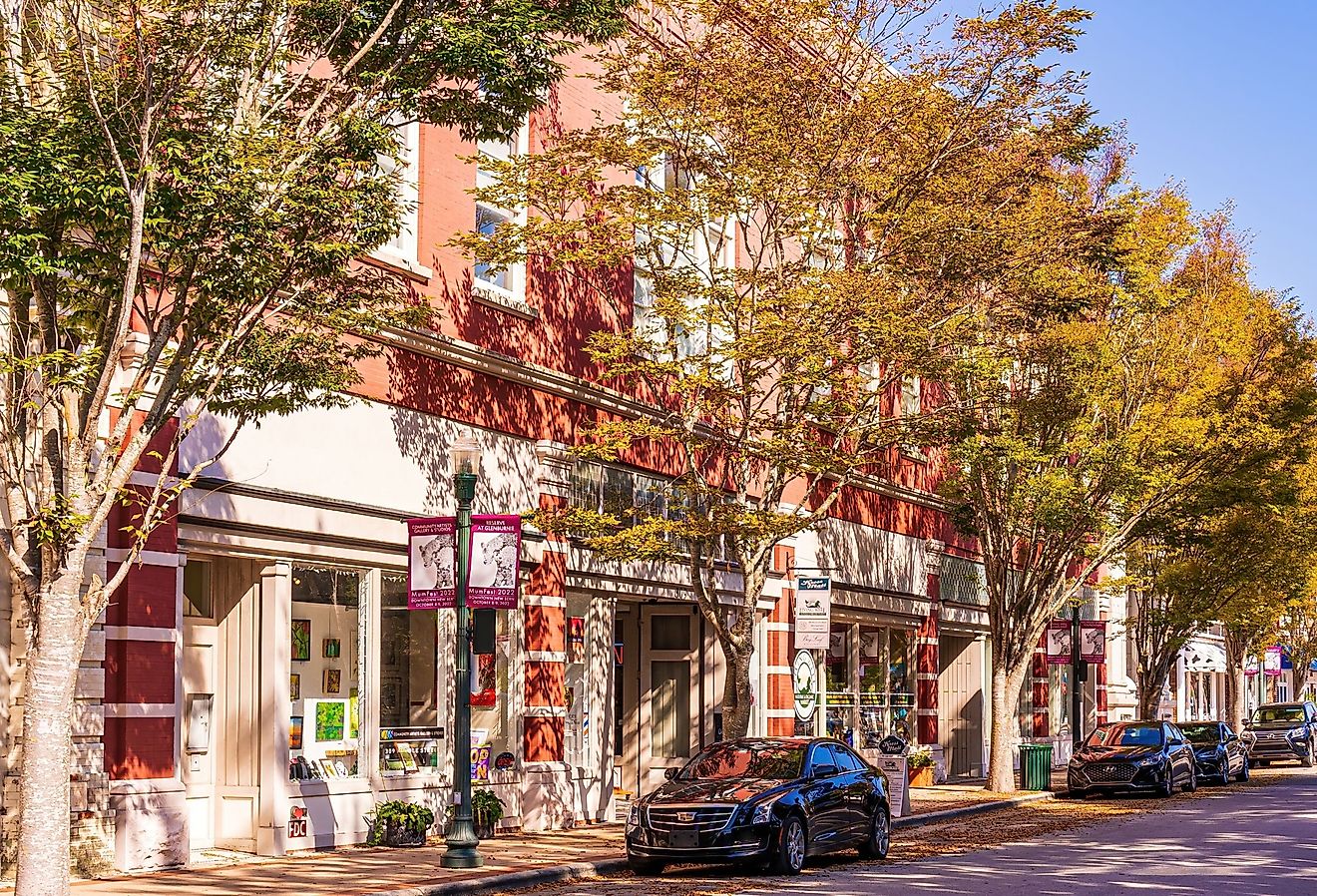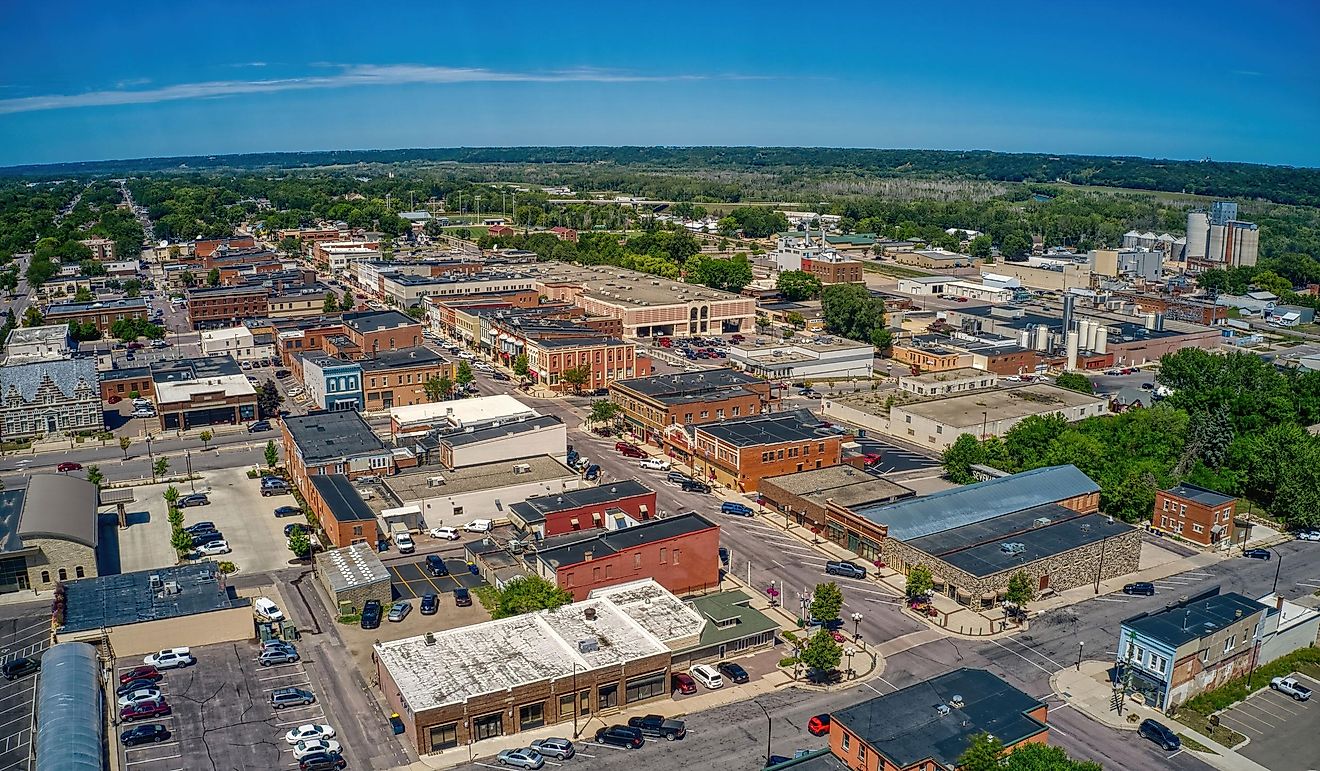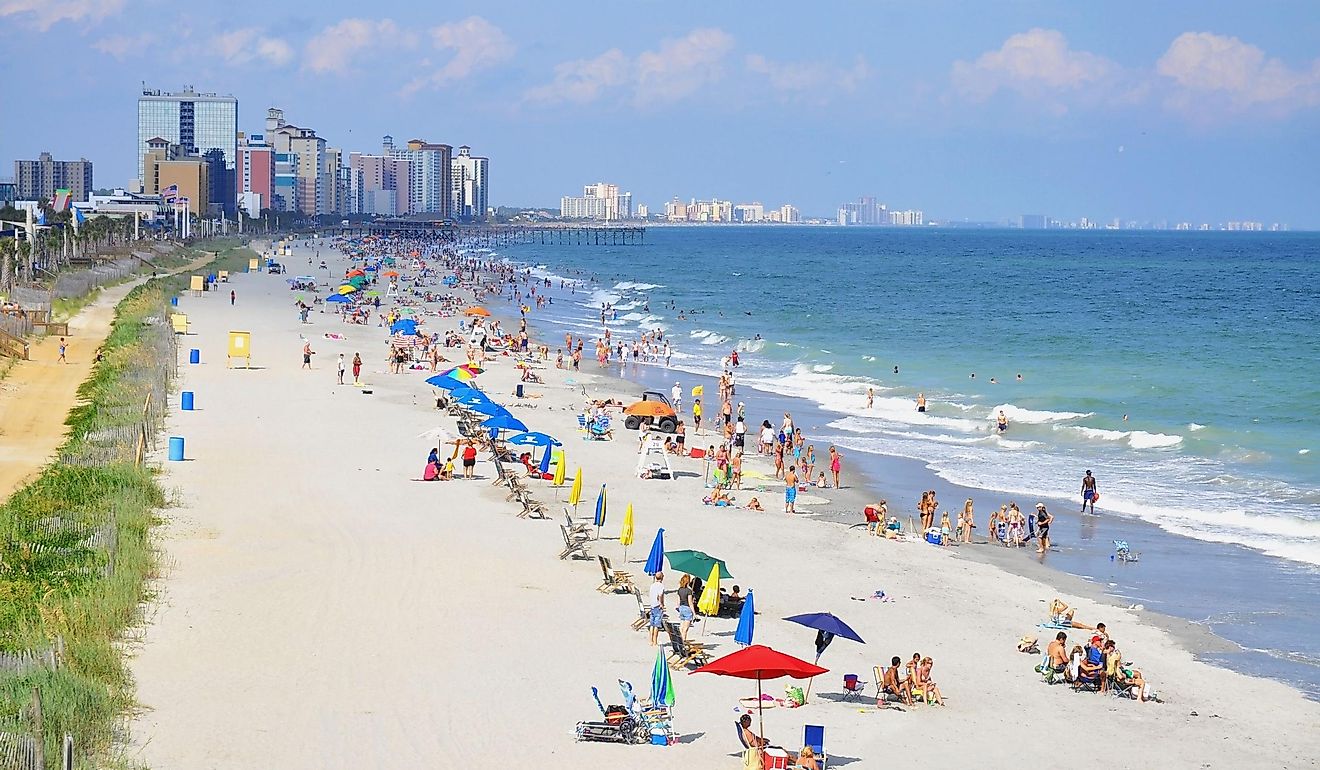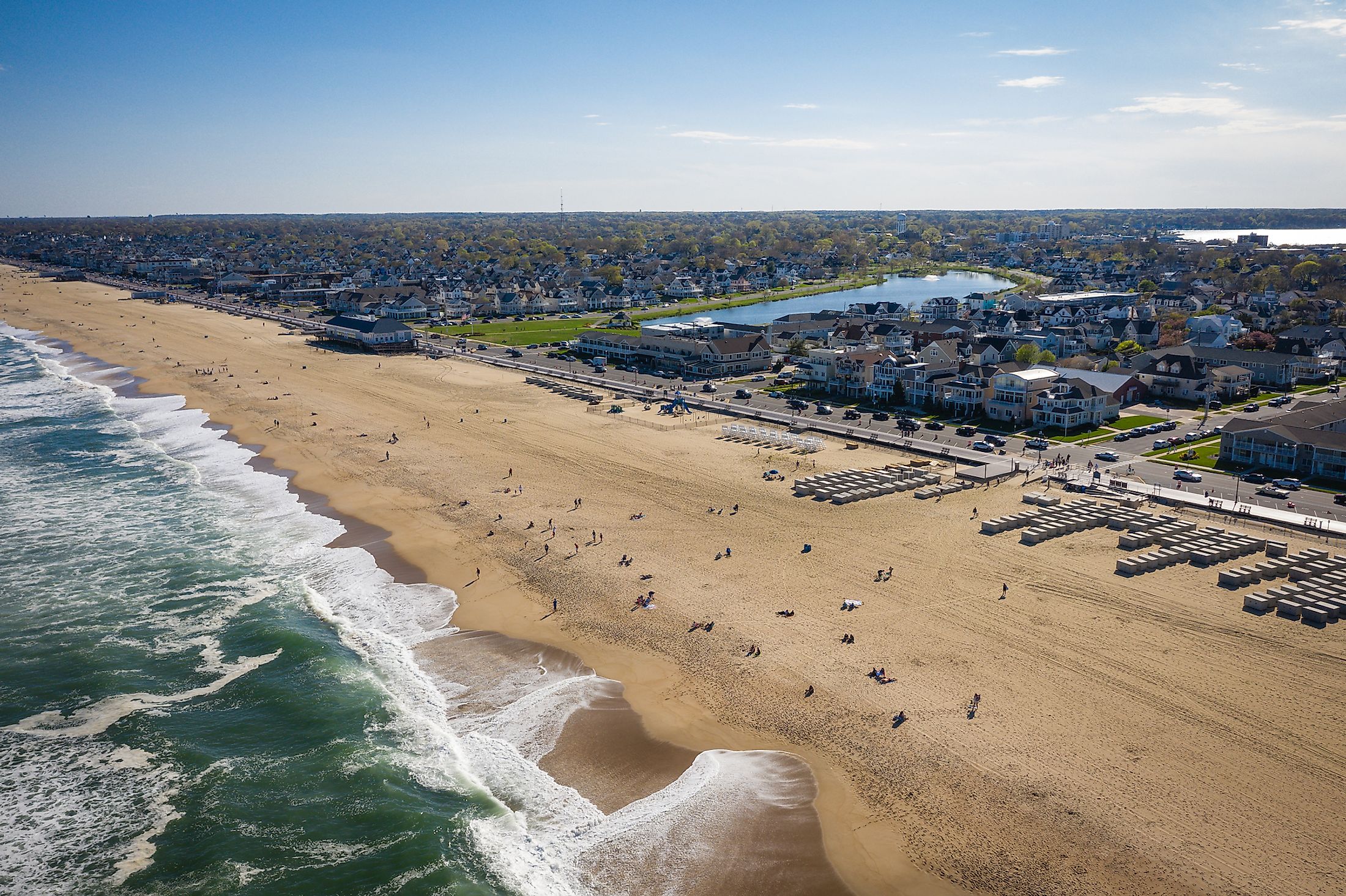
Long Branch, New Jersey
Long Beach is a beachside city situated in Monmouth County in the eastern part of the US State of New Jersey. Long Branch was formed as the Long Branch Commission from portions of Ocean Township on April 11, 1867. On April 8, 1903, by an act of the State Legislature, Long Branch was officially incorporated as a city, replacing the Long Branch Commission.
Geography Of Long Branch
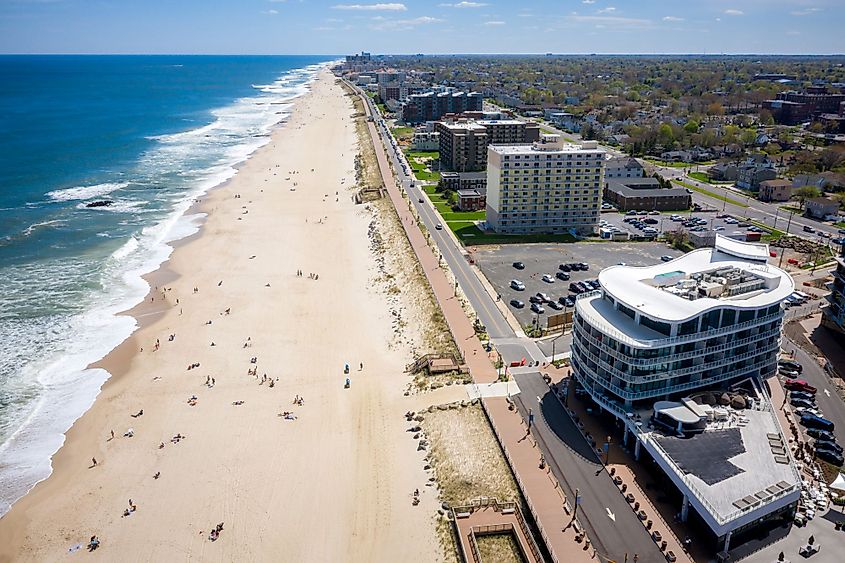
Long Branch is situated along the Atlantic Ocean. The city was named for its location on the south branch of the Shrewsbury River. According to the United States Census Bureau, Long Branch covers a total area of 16.28 sq. km, of which 13.27 sq. km is occupied by land, and 3.01 sq. km is occupied by water. The city of Long Branch is surrounded by the Monmouth County communities of Monmouth Beach, Deal, Oceanport, Ocean Township, and West Long Branch.
The Population Of Long Branch
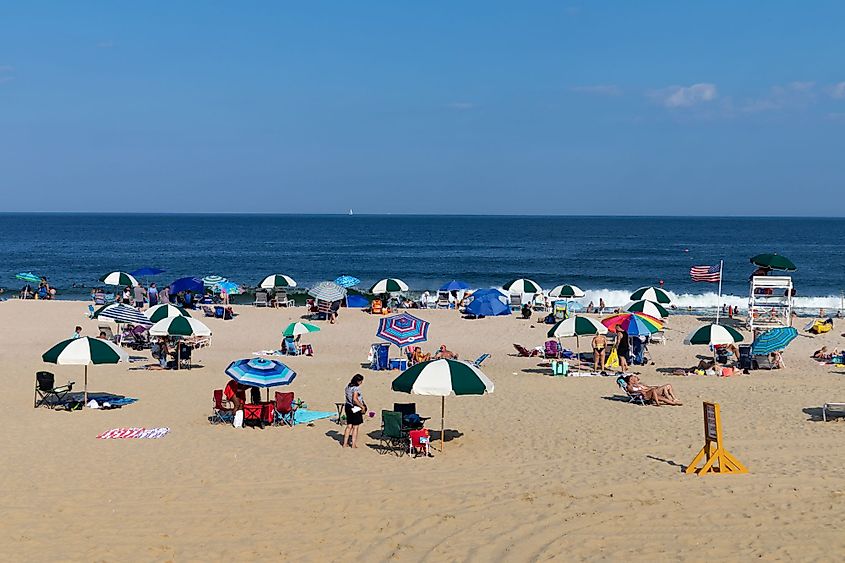
In 2019, Long Branch, NJ, was home to 30,500 people with a median age of 36.9. The city has a -0.44% decline rate in the population annually. The majority of the people in Long Branch are considered White, most of whom are non-Hispanic. In fact, there were 3.46 times more White residents in the city than any other race or ethnicity in 2019. The largest ethnic groups in Long Branch are non-Hispanic White representing 66.98% of the city’s population, Black or African American at 16%, Hispanic at 12.7%, two or more races at 2.63%, Asians at 1.53%, and Native Americans at 0.11%. All the households speak English at home as their primary language. In 2019, 80.5% of Long Branch’s residents were U.S. citizens, and around 30% were born outside of the country. The most common birthplace for foreign-born residents in New Jersey is India, followed by the Dominican Republic and Mexico.
The Economy Of Long Branch
Households in Long Branch have a median annual income of $59,892 which is less than the median annual income across the United States. The income inequality in New Jersey (measured using the Gini index) is 0.493, which is higher than the national average. Moreover, males tend to have an average income that is 1.38 times higher than the average income of females. The economy of Long Branch employs around half of the residents of the city. The largest industries are Construction, Health Care & Social Assistance, and Retail Trade. The highest paying industries are Information, Utilities, and Wholesale Trade.
Brief History Of Long Branch
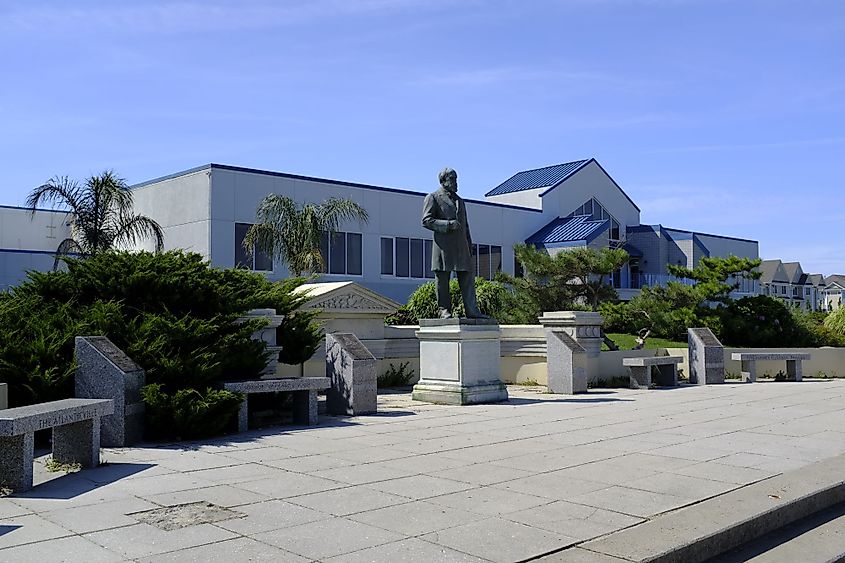
Named for its location along the south branch of the Shrewsbury River, Long Branch was initially a beach resort town in the late 18th century. Seven Presidents visited Long Branch: Rutherford B. Hayes, Chester A. Arthur, William McKinley, Ulysses S. Grant, James A. Garfield, Benjamin Harrison, and Woodrow Wilson. A park near the beach was named the “Seven Presidents Park” in honor of their visits, as well as a church called “The Church of the Presidents,” where the Presidents worshipped. Long Branch was known as the “summer capital” as many Presidents visited the town with their families. In 1869, President Grant brought his family during summer at their beachfront cottage in Long Branch during his first year of Presidency. President James A. Garfield was brought to Long Branch to recover after getting shot on July 2, 1881.
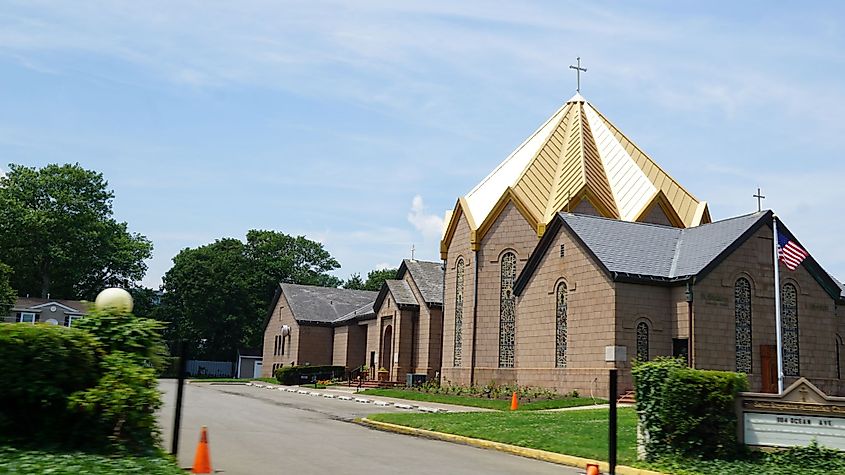
Long Branch grew in population in the early 20th century, with many Irish, Italian, and Jewish immigrants settling in the town. During the 1930s, racial segregation against Blacks started spreading in Long Branch. The city used government policies to assign all black applicants for beach passes to a single, segregated beach. By the 1950s, many farms in Long Branch were transformed into residential suburbs to make room for the growing population. In the early 20th century, Long Branch lost much of its theatrical performances, affecting its economy as fewer people visited the town. Moreover, the Garden State Parkway, which opened in the mid-1950s, contributed to Long Branch’s decline as it allowed shore visitors to access points further south. In 2012, Long Branch was devastated by Hurricane Sandy that struck many shore communities in the region. Several instances of flooding were recorded during the storm, and many residents went without electricity for as long as two weeks. Long Branch began rebuilding the destroyed boardwalk in 2015 and reopened it in April 2016, making it the last boardwalk damaged by Sandy to be rebuilt.
Tourist Attractions In Long Branch
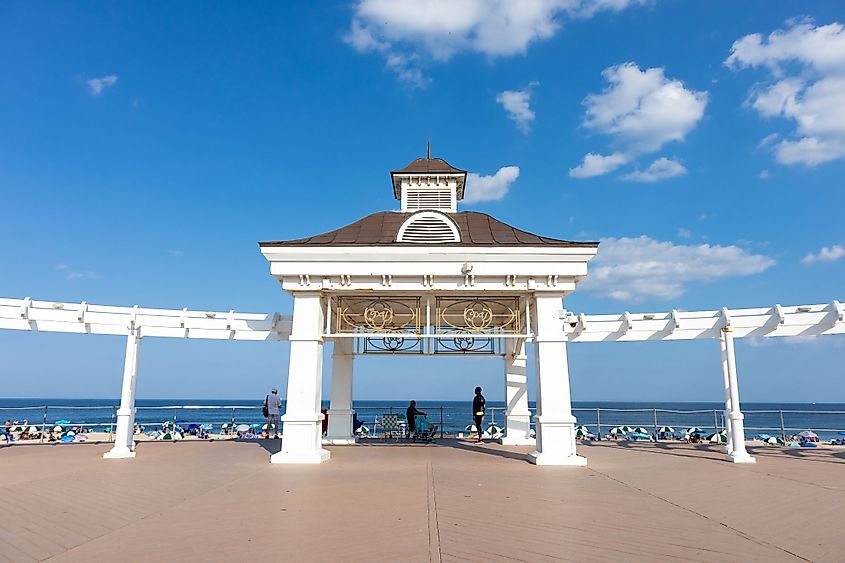
Once referred to as the “Hollywood of the East,” Long Branch hosted some of the most outstanding performances of the nineteenth century. The city has always been a long-time popular destination for surfing and shore fun. One of the most popular attractions in Long Branch is The Seven Presidents Oceanfront Park. It spans over 38 acres along the Atlantic Ocean and offers an excellent spot for swimming, surfing, and many other beach activities.
